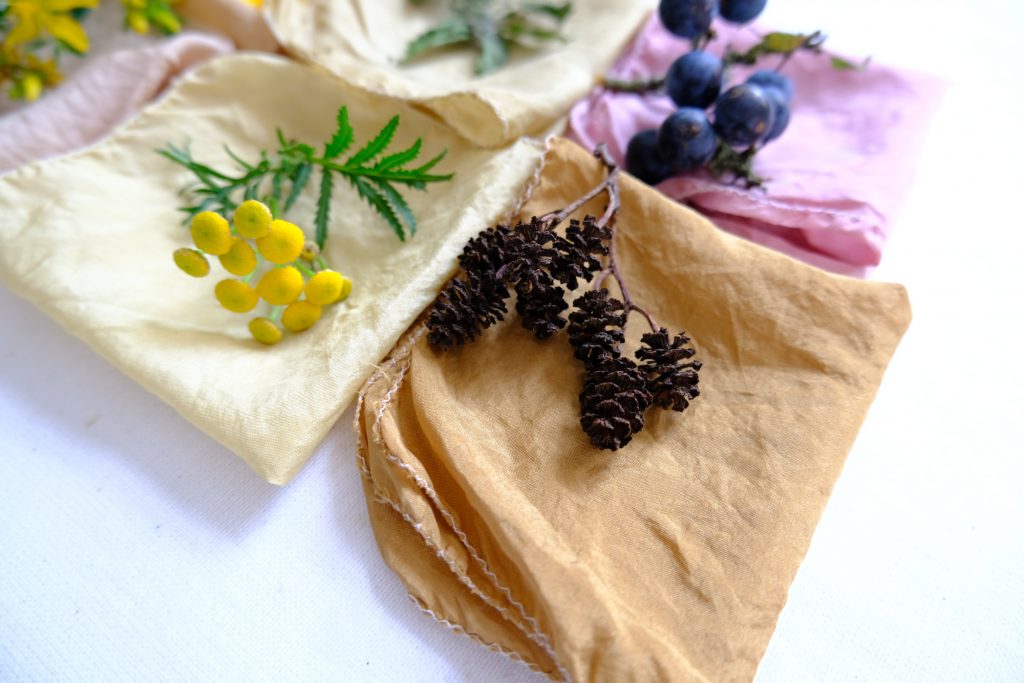The use of natural fibres ethically produced and processed allows for disposal as compost when the life cycle as a useful textile is over.
Why dye naturally?
The abundance of nature is all around us and provides us with amazing resources. Natural dyeing enables us to develop a deeper connection with nature and the changing seasons,
Chemical dyes, invented in the 1850’s, are extremely toxic and cause huge amounts of pollution at every stage of their production and use within textile manufacture.
Ingredients in chemical dyes are responsible for huge amounts of pollution of soil and water. Staggering rates of cancer can be found in areas of the world that concentrate on production or use of chemical dyes. This goes beyond those involved in the industry and affects people living in the whole region.
Little textile production occurs in the UK or across Europe, so we become increasingly divorced from the process and problems inflicted and awareness declines.
Growing evidence suggests that are bodies are negatively affected by wearing clothes dyed with chemical substances. Since our skins are semi permeable it is easy to understand how traces of chemicals can enter through our skins and can be found within our organs and may even have a negative impact on male fertility. Evidence also suggests that chemical dyes can also cross the placenta endangering the development of unborn children. Labelling on textile products is very limited and only states the type of fabric and how to care for it. Unlike food there is no requirement to list the ingredients involved in the item’s production, so we remain unaware of the toxic cocktail that we are presented with at the shop sales desk
What can you dye with?
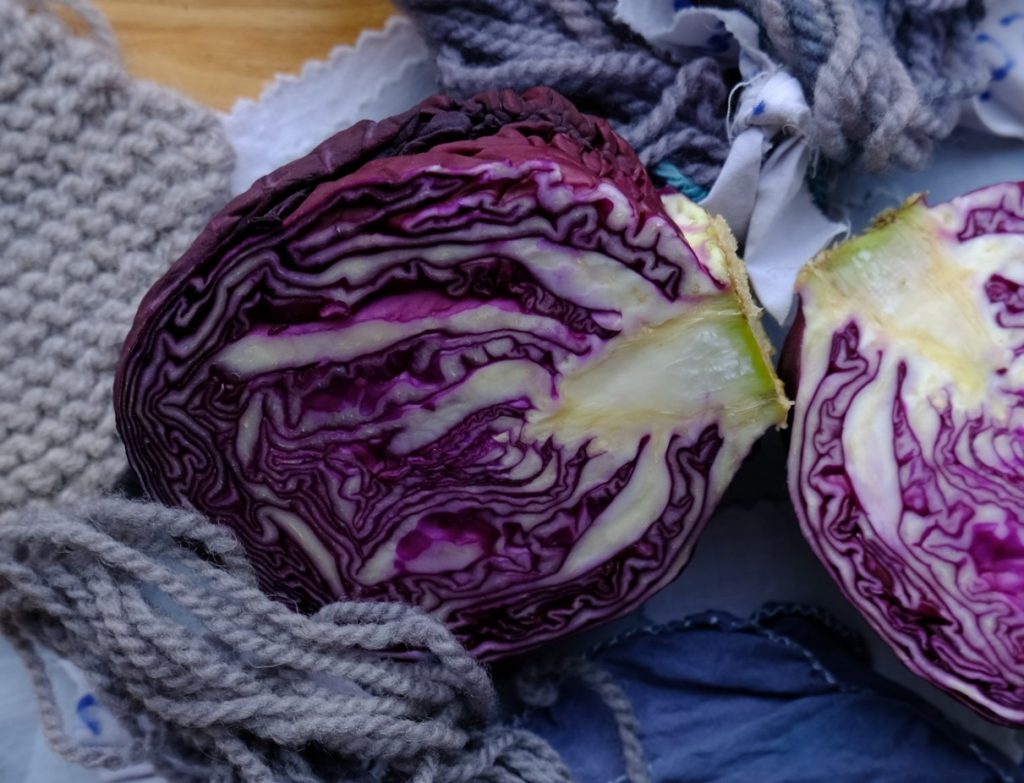
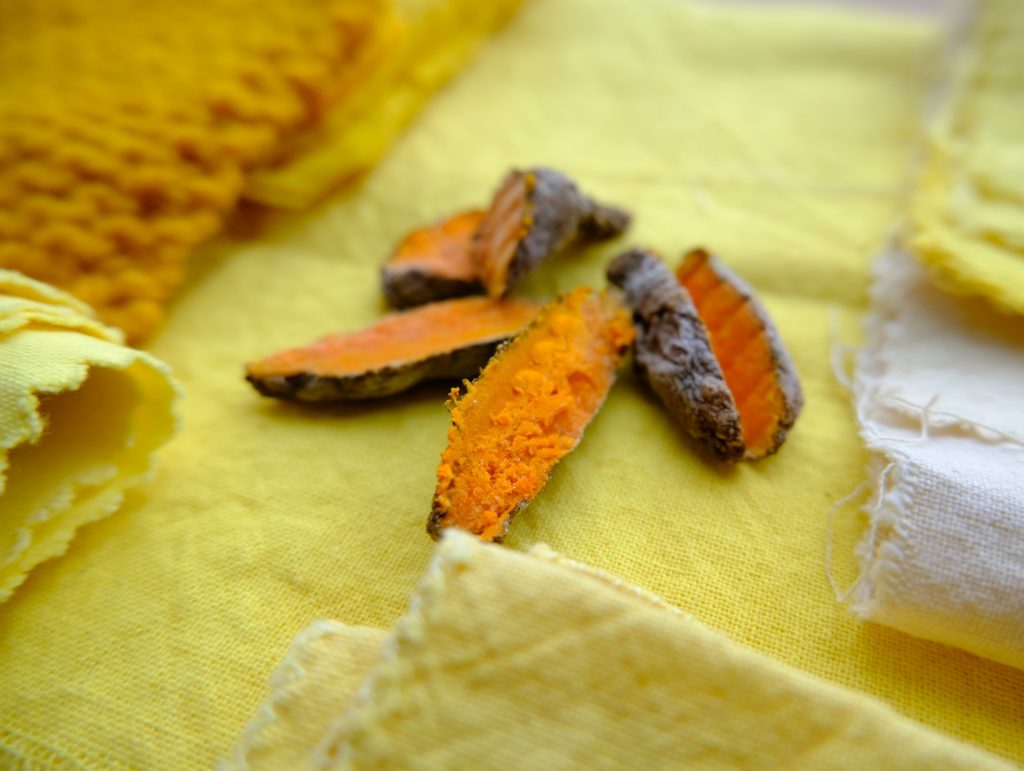
Almost every plant will yield some colour however the amount of pigment varies greatly as does the ability of the extracted colour to bond satisfactorily with fibre.
Plant material can be used fresh, dried or frozen – although different results may occur. It is also possible to purchase dried or powdered natural dyestuffs.
Vegetable waste can often be used to make dye including carrot tops, beetroot leaves/peelings, squash seeds, avocado pits and onion skins. Other resources can be found in the kitchen including t bags and spices like turmeric and paprika.
Colours can also be extracted from metals especially copper and iron. Metals can also be used as an additive to modify the colour of a dye.
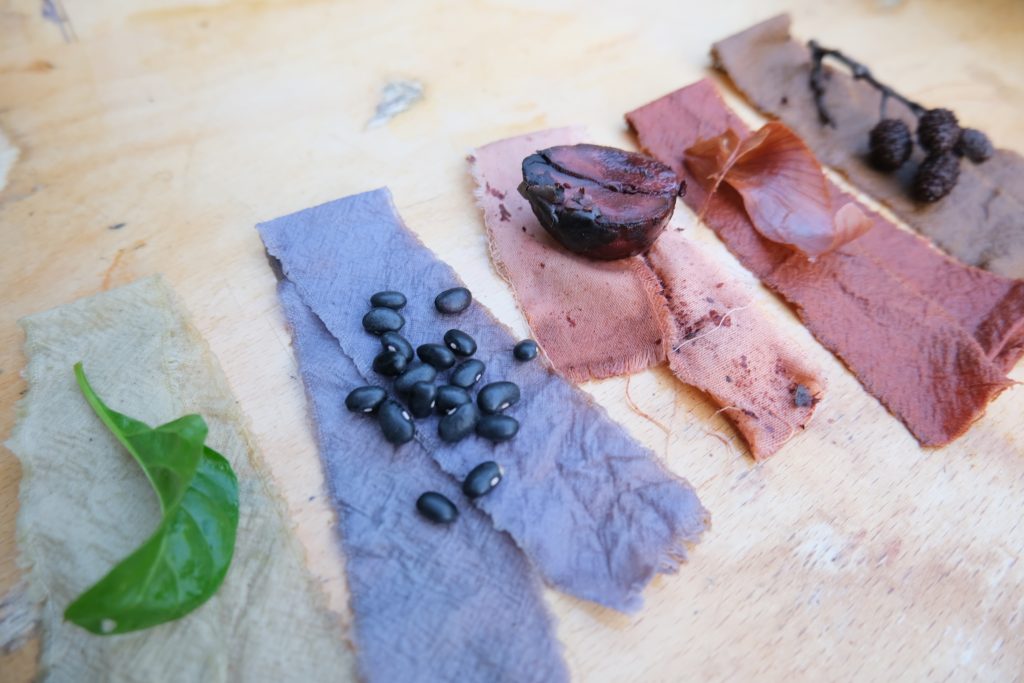
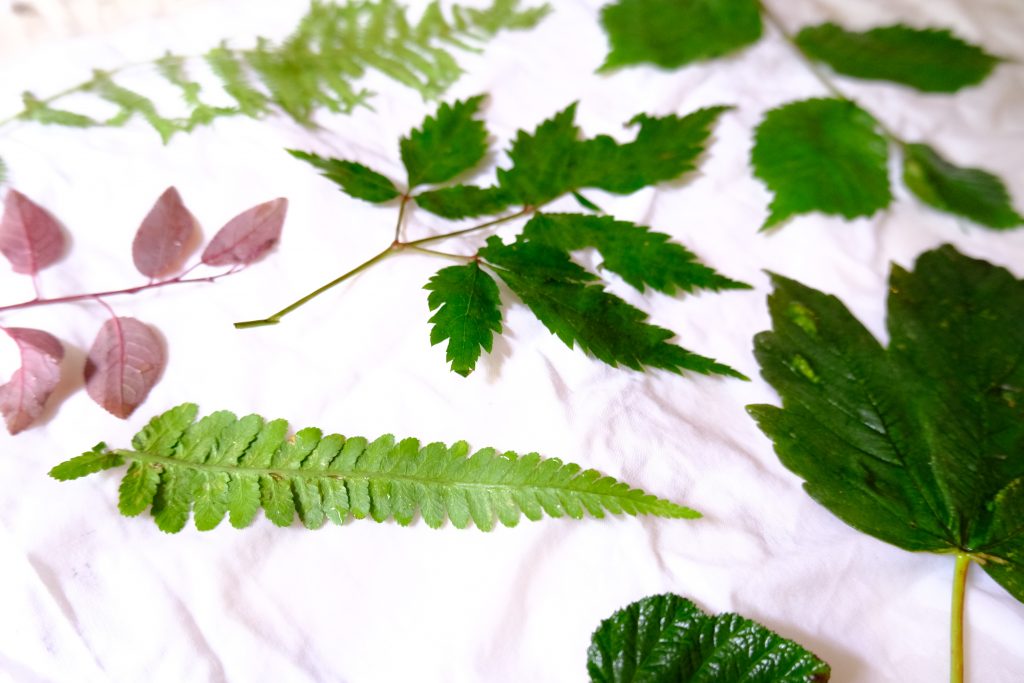
What can you dye?
You can dye any natural fibre either animal or plant based. It can be in the form of yarn, cloth or items of clothing. Synthetic fabrics will not absorb or retain natural dye. However it is possible to dye mixed fibre like cloth that is 50/50 polyester and cotton but the result will be much paler.
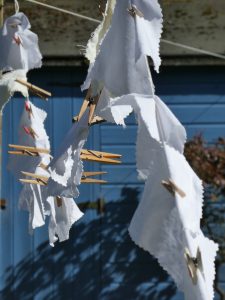
Notes prepared by Katrina Barnish for Sewing Café Lancaster sewingcafelancaster@gmail.com
